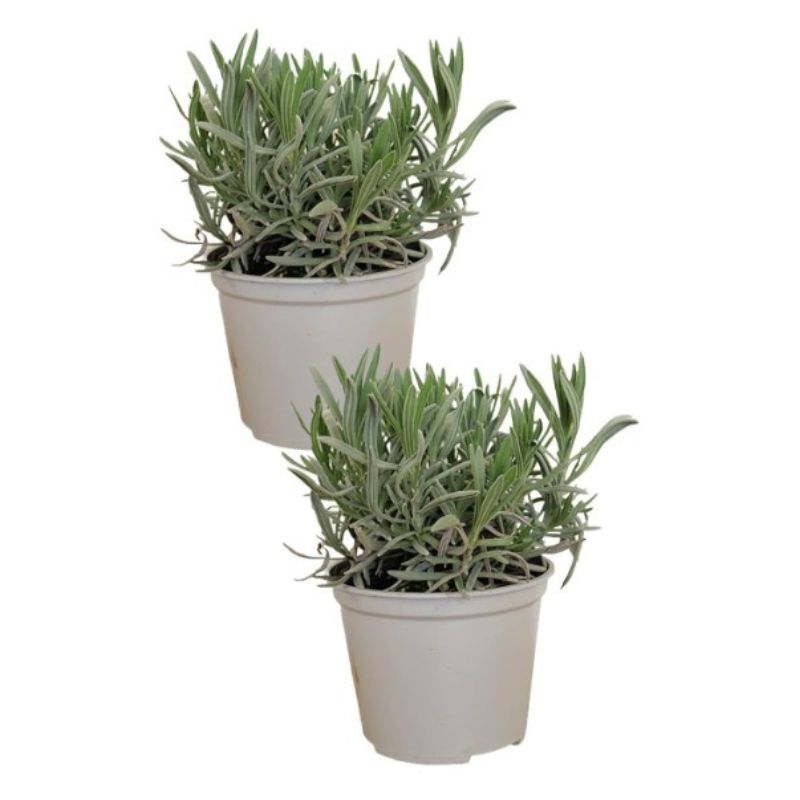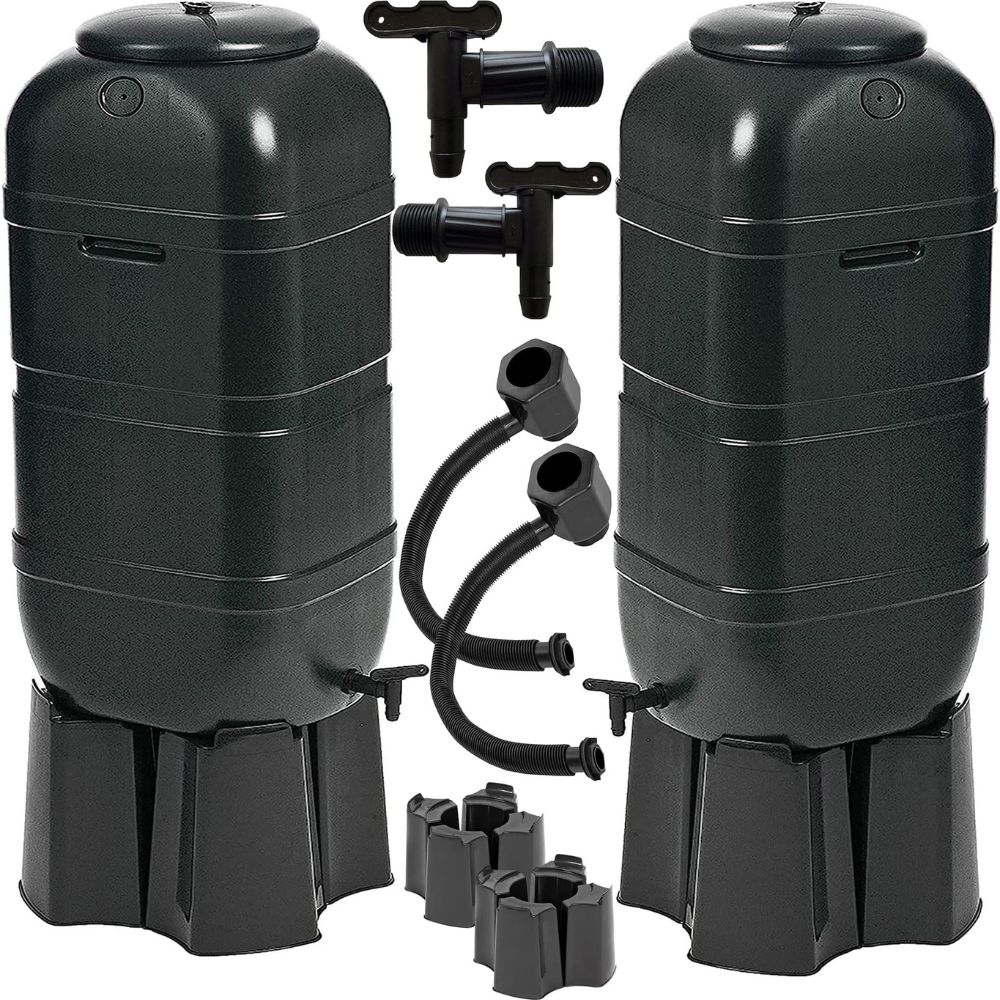How to create a drought-tolerant garden: 4 steps to protect your plants
Follow this expert advice for creating a drought-tolerant garden to future-proof your plot
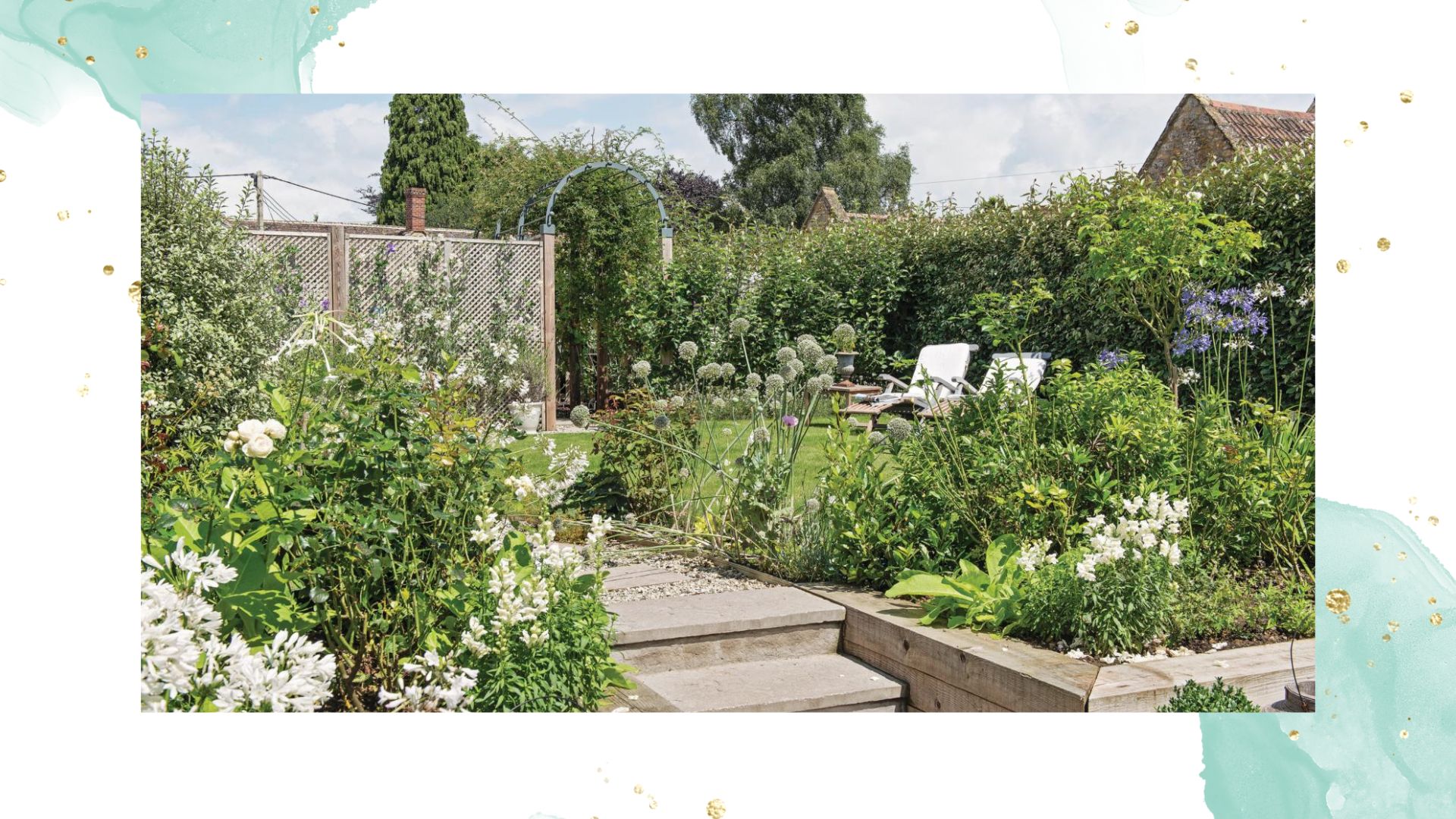

Our gardens are increasingly struggling to adapt to the unusually high temperatures and lack of rainfall. This is why we have asked garden experts what can be done to give your plants and lawn the best chance to thrive when the heatwaves arrive.
Keeping your garden cool nowadays is more of a challenge than you ever thought it would be. With summers getting hotter and hotter, UK gardens that are used to regular downpours can quickly suffer.
So, along with watering your garden plants properly, what can you do to create a more drought-tolerant garden? This is what the experts recommend...
How to create a drought-tolerant garden: 4 expert-approved tips
From watering your garden during a hosepipe ban to keeping your garden healthy while on holiday, the summer season can be a difficult time for gardening. Especially when the weather is unpredictable and consistently dry.
But not all hope is lost, say our team of experts. There are steps you can take now to ensure your garden not only survives but thrives.
1. Choose drought-resistant plants
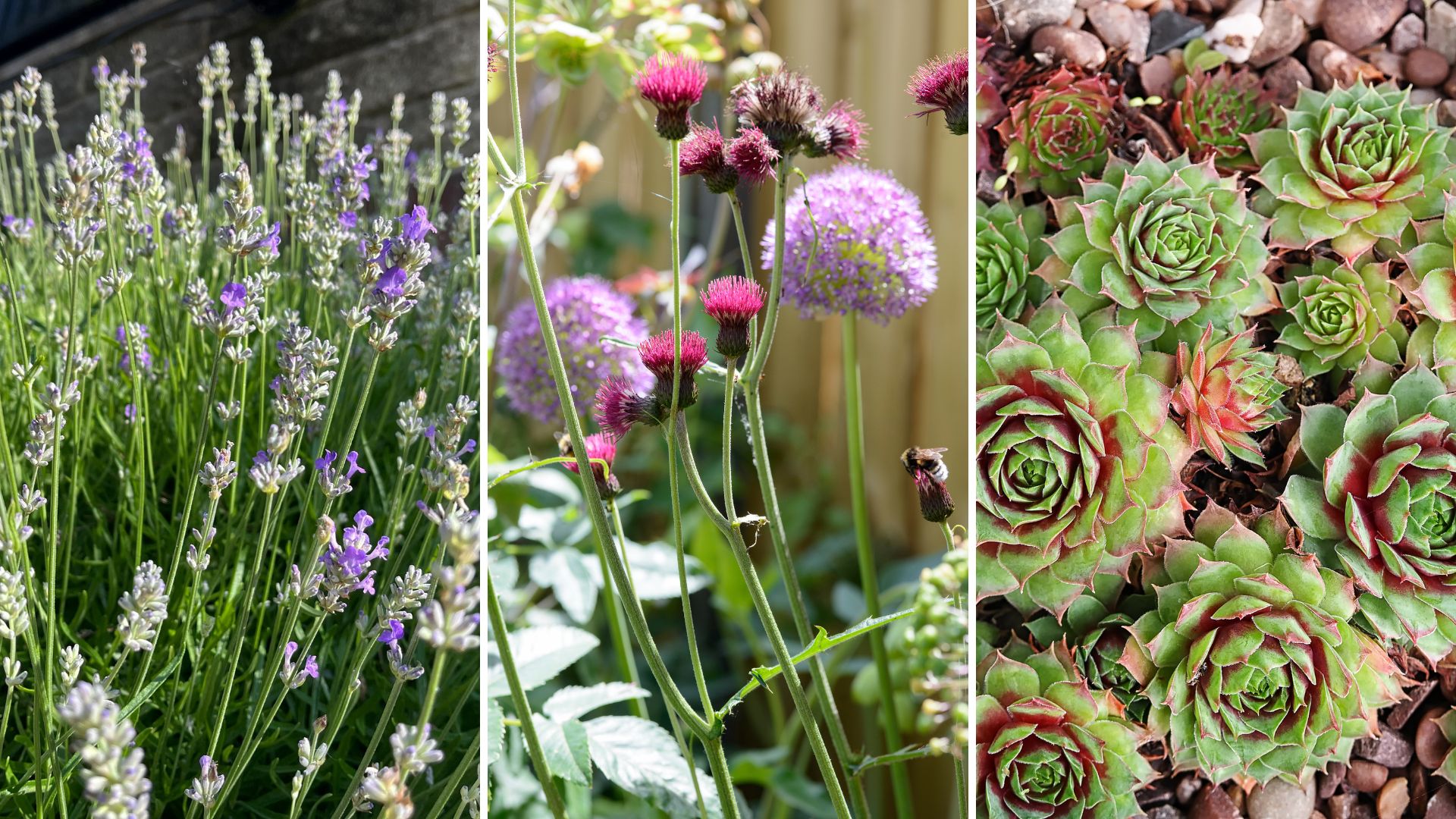
Just as you can choose the best plants for shade, some plants are best suited for hot, dry temperatures.
"Lavender is an excellent low-maintenance choice for garden borders due to its aromatic fragrance and eye-catching flowers. Once established, it is drought-tolerant and can go a long duration without being watered or fertilised," explains Emma Fell, head of horticulture at Hillier Garden Centres.
Sign up to our free daily email for the latest royal and entertainment news, interesting opinion, expert advice on styling and beauty trends, and no-nonsense guides to the health and wellness questions you want answered.
She also recommends Alliums as they're both extremely drought-tolerant and are resistant to many common pests. So much so, their scent is believed to repel certain pests, making them a great companion plant.
"Finally, Sedums are succulents, meaning they store water in their leaves and can tolerate dry conditions well, therefore reducing the need for regular watering. They can grow in a variety of conditions, so they are likely to thrive wherever you place them," continues Emma.

Emma is a respected expert in the world of plants and plant care. Throughout her career, Emma has been responsible for sourcing and selecting new plants, including the ones that feature in Hillier's illustrious show gardens such as at RHS Chelsea and BBC Gardeners World, as well as championing the company's learning and development strategy.
2. Alter lawn care
Summer can be a confusing time for lawn care. You'll find yourself questioning whether you should mow when it's hot and how often you need to be watering your grass. So, how can you make life easier?
"Lawns are the understated focal point of gardens. However, during times of drought or hosepipe bans, they should be lowest on the priority to water. Grass is a hardy plant and will almost always recover after longer periods of extreme heat," says Leigh Barnes, gardening expert at Jacksons Fencing.
"During the summer months, mowing can increase to twice a week to keep on top of growth. When doing so, remember to avoid removing over a third of the grass height. Longer grass stems trap moisture, so this is worth keeping in mind if there is a drought,” he continues.
3. Add shade to your space
Using some garden shade ideas isn't just good for keeping yourself cool on a hot day, it'll also help your more sensitive plants.
"A garden room or studio can also act as a windbreak and provide sheltered planting zones, helping reduce stress on plants during hot, dry periods," explains Sarah Rumbles, Design Expert at Crane Garden Buildings.
Any way of shade-scaping and reducing the direct sun on your more vulnerable pots and plants will make a huge difference in their long-term health.
4. Install rainwater harvesting solutions
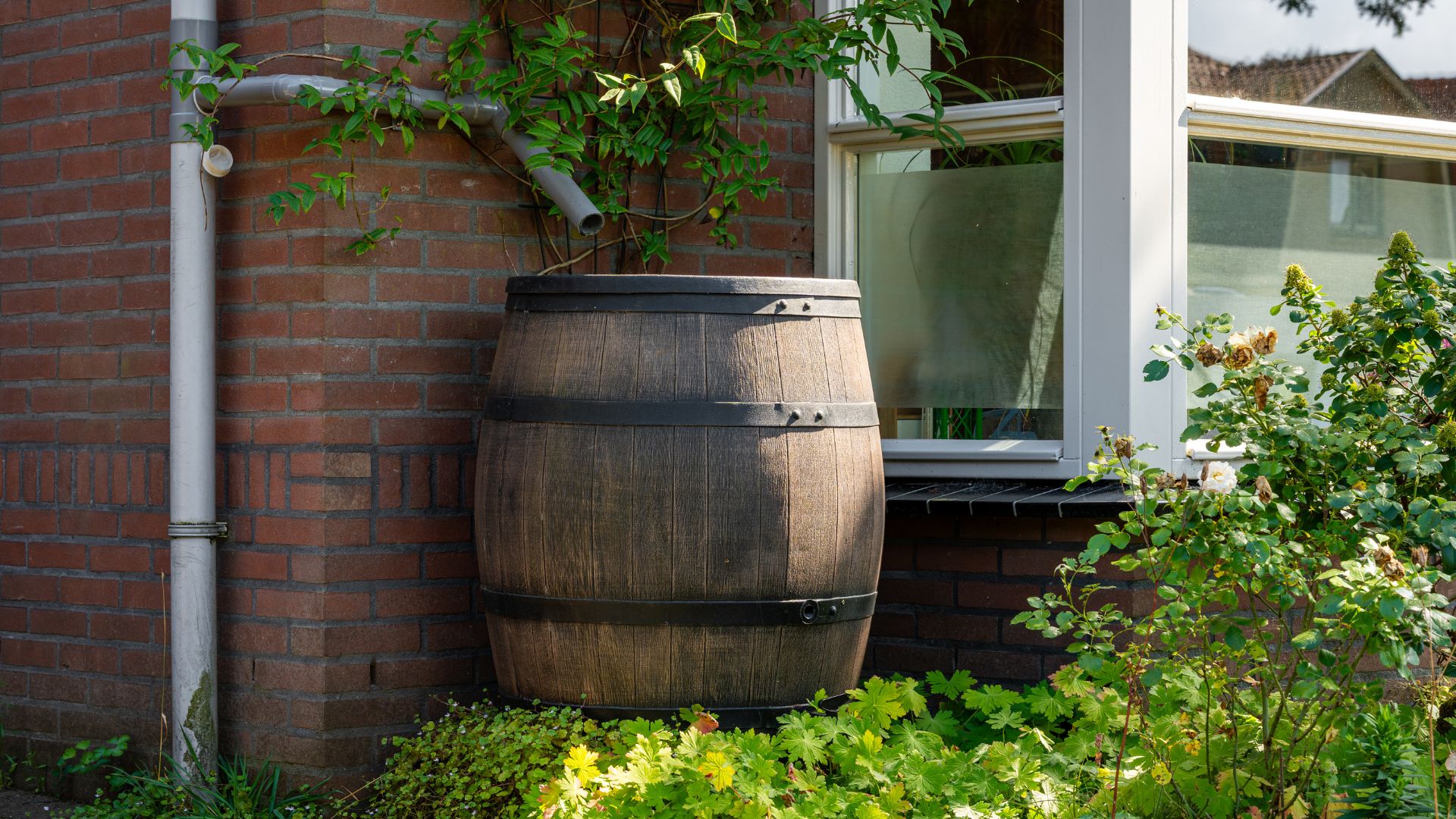
Both rainscaping and rainwater harvesting are going to be your best friends when it comes to droughts and hosepipe bans. Especially if you're also looking for some sustainable garden ideas.
"Water butts take advantage of excess rainwater," explains Leigh. "Ranging in size, a typical water butt will hold around 200 litres of water. Depending on the size of your garden, this will sufficiently water your plants. A hosepipe or sprinkler will use (and waste) up to 1000 litres of water an hour, which puts a huge increase on your water bill."
Having leftover rainwater from the wetter months, this will make all the difference in your garden sustaining itself, while also keeping gardening costs down.
What garden plants don't need much water?
If you're struggling to keep up with watering your garden, you might even find watering your houseplants a stretch too, then there are plants you can pick that will take the pressure off.
"Bay Laurel, a dense evergreen shrub, is known for its glossy, aromatic leaves, and can thrive in various conditions, including full sun. Native to the Mediterranean, Bay Laurel loves the sunshine and is tough enough to handle droughts," points out Helena Jones, gardening expert at Hedges Direct.
"Rosemary, basil and thyme are all sun-loving herbs that thrive when placed in a sunny spot in your garden. Both rosemary and thyme are native to the Mediterranean and prefer dry soil. They don’t like being waterlogged and don’t require organic matter to thrive. Just the sun and well-drained soil are all they need,” adds Helena.
How to increase drought tolerance?
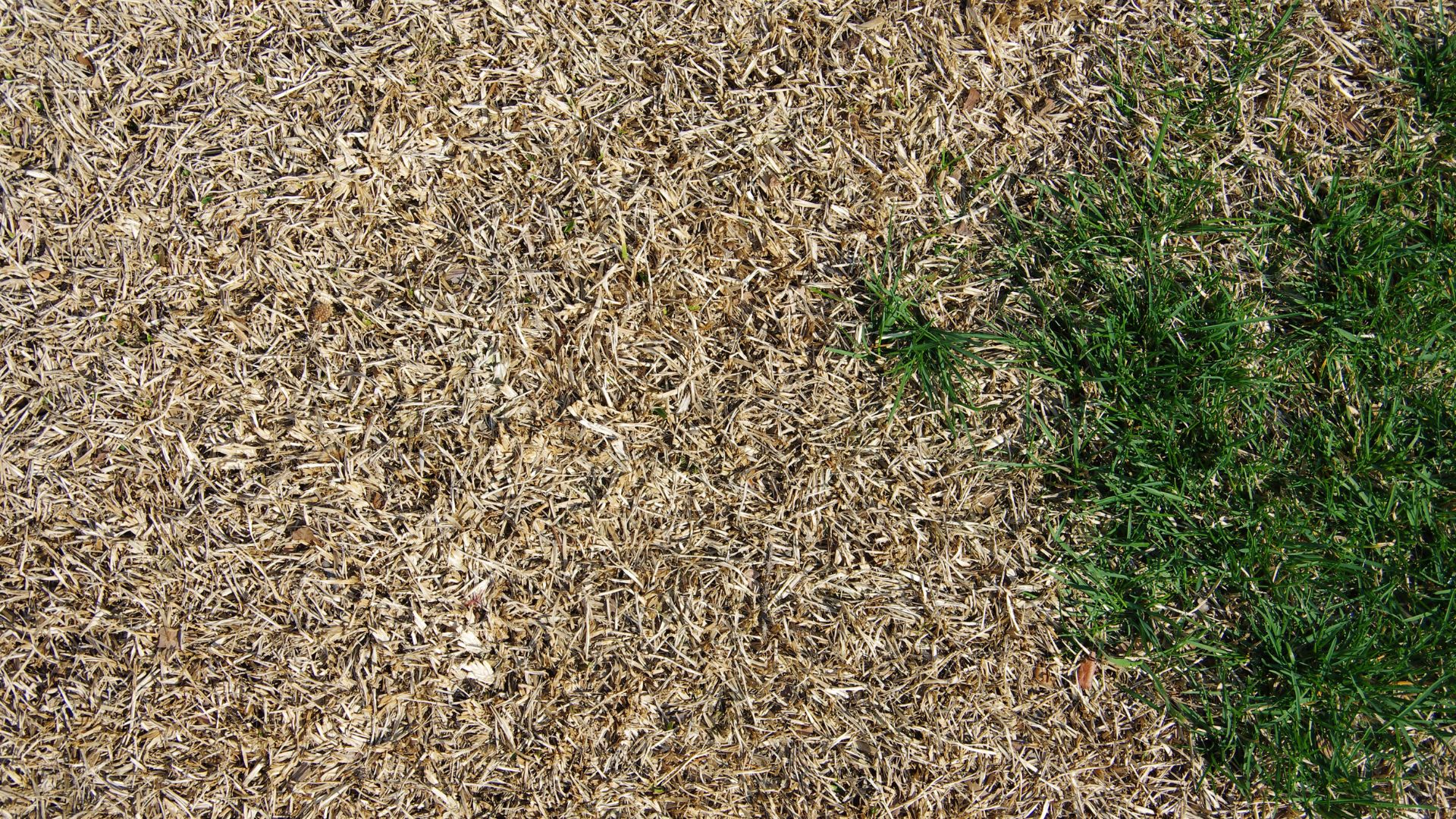
Aside from covering your garden in the best low-maintenance rockery plants, there is something effective you can do to make your garden more drought-tolerant.
“Mulching is one of the most effective ways to retain moisture in the soil during a heatwave. Apply bark chips, grass clippings, or compost around the base of your plants – this helps to reduce evaporation, suppress weeds, and keep the soil temperature steady," explains Abbie Betts, horticulture expert at Cherry Lane Garden Centres.
Mulching is a great tool for your garden's maintenance, appearance and keeping your plants happier for longer.
Abbie also recommends being clever with your watering. She says, "When water is limited, prioritise your most vulnerable and valuable plants. Young plants, fruiting vegetables, and anything newly planted should be your top focus. Lawns are surprisingly resilient and will bounce back after dry periods, so don’t worry if they start to brown."
Making these simple adjustments can go a long way in making your garden more tolerant of the 'new' hotter and drier conditions, which are set to become a regular occurrence for summers to come.

Emily joined woman&home as a staff writer after finishing her MA in Magazine Journalism from City University in 2023. After writing various health and news content, she now specialises in lifestyle, covering unique cleaning hacks, gardening how-tos, and everything to help your houseplants thrive.
You must confirm your public display name before commenting
Please logout and then login again, you will then be prompted to enter your display name.
